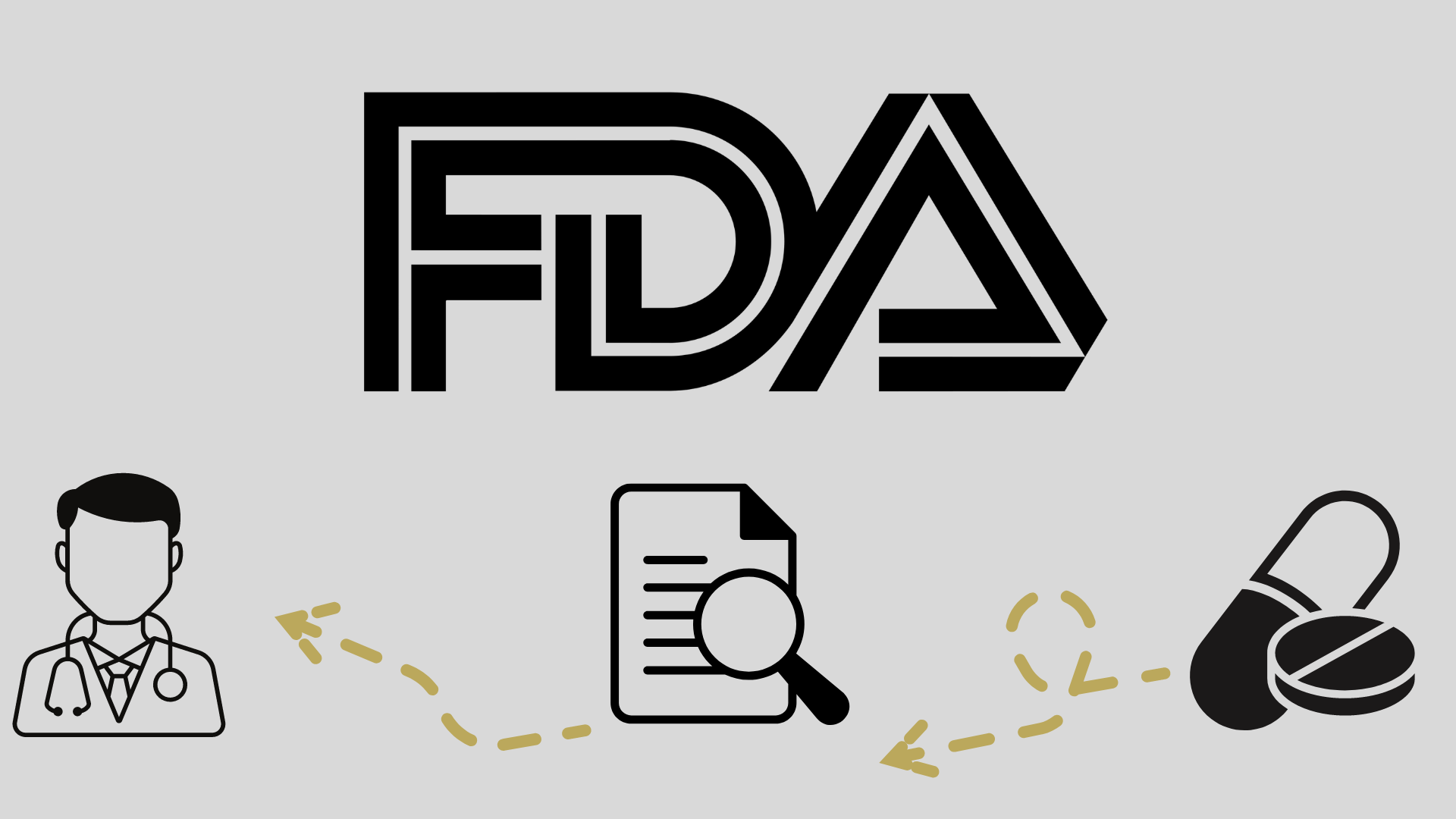
Linvoseltamab Earns FDA Priority Review for Multiple Myeloma

Linvoseltamab shows promise for patients with heavily pretreated multiple myeloma, achieving a 71% overall response rate in a phase 1/2 trial.
- Linvoseltamab (REGN5458), a bispecific, is being studied for the treatment of patients with relapsed/refractory multiple myeloma.
- This agent received priority review by the FDA for patients who have progressed after 3 or more prior lines of therapy based on early data from the LINKER-MM1 trial (NCT03761108) showing promising results.
- Linvoseltamab demonstrated a high response rate of 71% with some patients achieving complete remission.
A biologics license application for linvoseltamab (REGN5458) was accepted for priority review by the FDA as a therapeutic option for adult patients with relapsed/refractory multiple myeloma who have progressed after 3 or more prior lines of therapy.1 The FDA has set a target action date of August 22, 2024.
Findings from the phase 1/2 LINKER-MM1 trial, a study assessing linvoseltamab in patients with relapsed/refractory multiple myeloma, support this regulatory decision. At a median follow-up of 11 months, the objective response rate (ORR) was 71% among those who received the agent at 200 mg (n = 117).2 Fourteen percent of patients had a complete response (CR), 16% had a stringent CR, 29% had a very good partial response, and 12% had a partial response. The 6-month estimated progression-free survival (PFS) was 72.7%, but the median PFS was not reached.2
Looking at safety, adverse events (AE) were seen in all patients who received the agent at 200 mg with 85% of patients experiencing AEs of grade 3 or higher.2 Cytokine release syndrome (CRS) was the most common AE (46%) and among those with CRS, 35% were grade 1, 10% were grade 2, and 1% were grade 3. While adjudicated immune effector cell–associated neurotoxicity syndrome (ICANS) of any grade was seen in 8% of patients, and grade 3 ICANS was seen in 3 patients, no patients experienced grade 4 or higher ICANS.2
Moreover, infections of any grade were observed in 73% of patients, of which 34% were grade 3/4.2 The most common grade 3/4 AEs were neutropenia (30.8%), anemia (23.9%), thrombocytopenia (13.7%), and lymphopenia (11.1%). The most common non-hematologic treatment-emergent AEs (TEAEs) in this cohort were CRS (45.3%), cough (33.3%), fatigue (32.5%), and diarrhea (32.5%). Twelve percent of patients died due to their TEAEs during treatment or within 30 days after the last dose, 9% of which were due to infections.
“The phase 2 part of the LINKER-MM1 study demonstrated the high efficacy linvoseltamab may have in a heavily pretreated multiple myeloma patient population with rapid, deep, and durable responses seen particularly at the 200 mg dose cohort. Importantly, responses were seen in historically difficult to treat patient populations, patients of high-risk cytogenetics, and patients with high baseline disease burden. This supports the continued development of linvoseltamab in multiple myeloma,” Hans C. Lee, MD, associate professor, and director of multiple myeloma clinical research in the department of lymphoma/myeloma at the University of Texas MD Anderson Cancer Center
Linvoseltamab, a BCMA/CD3 bispecific antibody, works by bridging B-cell maturation antigen on multiple myeloma cells containing CD3-expressing T cells, which then activates T cells, leading to the killing of cancer cells. The agent is currently undergoing investigation in the open-label, non-randomized, phase 1/2 LINKER-MM1 trial of 282 patients with relapsed/refractory multiple myeloma.3
Phase 1, the dose-escalation portion of the trial, examined the safety, tolerability, and dose-limiting toxicities of linvoseltamab given at 9 dose levels across different administration regimens. This portion of the trial has been completed.1
The phase 2 dose-escalation portion of the trial is investigating the safety and antitumor activity of linvoseltamab. Patients enrolled in this part of the trial must have triple-class refractory multiple myeloma or have received 3 or more prior lines of therapy.3
In the dose-escalation portion, patients were given linvoseltamab via an initial step-up dosing regimen, which was then followed by the full dose of the agent. Phase 2 portion also included a response-adapted regimen. Here, patients who were treated with the agent at 200 mg every 2 weeks and achieved a very good partial response or CR could change their dosing and receive the treatment every 4 weeks after at least 24 weeks of therapy.
Additional trials are evaluating linvoseltamab, including the phase 3 LINKER-MM3 trial (NCT05730036) which is currently enrolling patients to investigate the agent vs elotuzumab (Empliciti), pomalidomide (Pomalyst), and dexamethasone in relapsed/refractory multiple myeloma;1 the phase 1/2 LINKER-MM4 trial (NCT05828511) in patients with treatment-naive recently diagnosed multiple myeloma; the phase 2 LINKER-SMM1 trial (NCT05955508) in high-risk smoldering multiple myeloma; the phase 2 LINKER-MGUS1 trial (NCT06140524) in high-risk monoclonal gammopathy of undetermined significance; and a phase 1 trial of linvoseltamab plus a Regeneron CD38xCD28 costimulatory bispecific antibody for the treatment of multiple myeloma.
“This supports the continued development of linvoseltamab in multiple myeloma. A phase 3 study evaluating linvoseltamab vs a standard of care pomalidomide triplet will be initiated shortly in an earlier relapsed/refractory multiple myeloma patient population,” added Lee.
REFERENCES
Linvoseltamab BLA for treatment of relapsed/refractory multiple myeloma accepted for FDA priority review. News release. Regeneron. February 21, 2024. Accessed February 22, 2024. http://tinyurl.com/ye6xwxpy
Lee HC, Bumma N, Richter JR, et al. LINKER-MM1 study: Linvoseltamab (REGN5458) in patients with relapsed/refractory multiple myeloma. J Clin Oncol. 2023;41(suppl 16):8006. doi:10.1200/JCO.2023.41.16_suppl.8006
Phase 1/2 Study of REGN5458 in adult patients with relapsed or refractory multiple myeloma (LINKER-MM1). ClinicalTrials.gov. Updated February 13, 2024. Accessed February 22, 2024. https://clinicaltrials.gov/study/NCT03761108










































